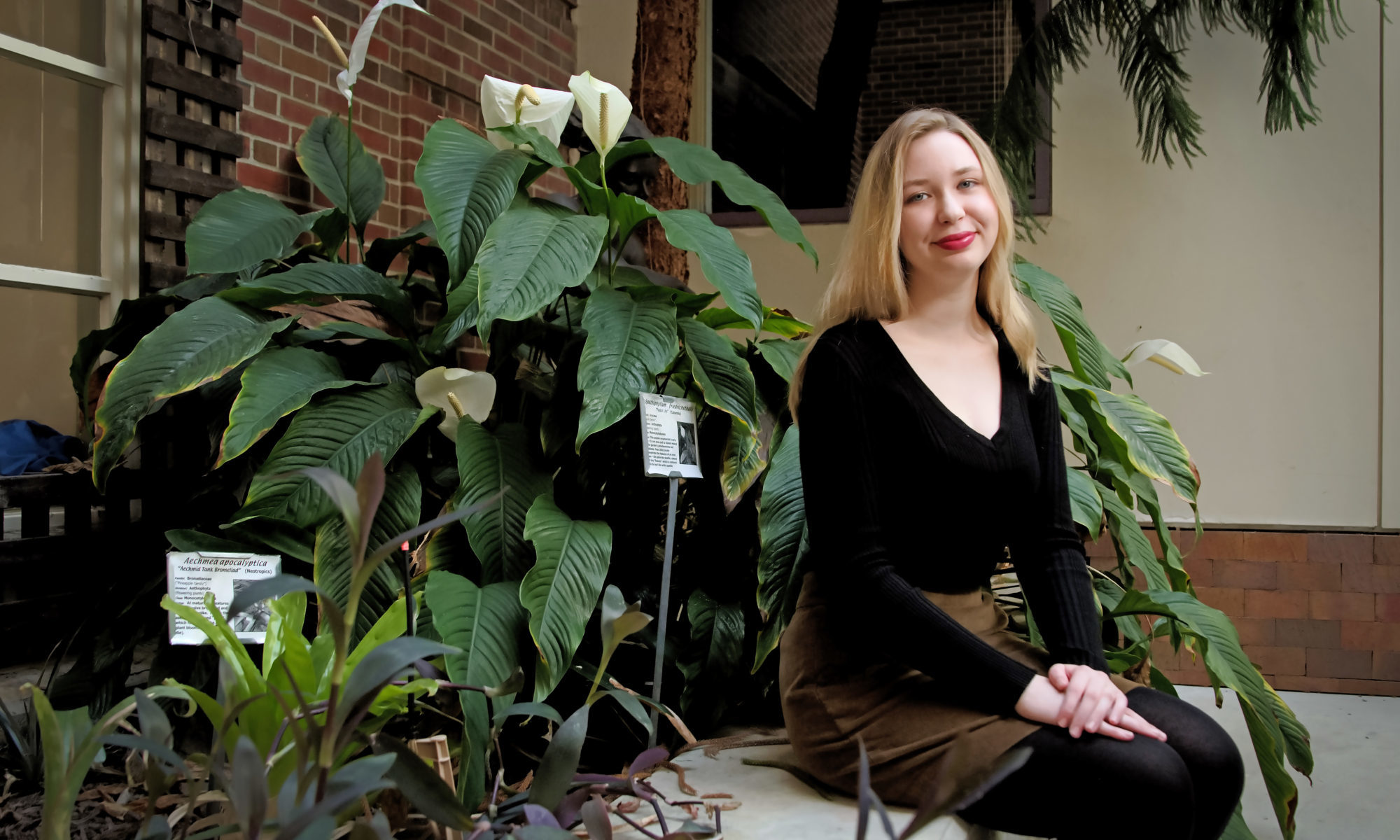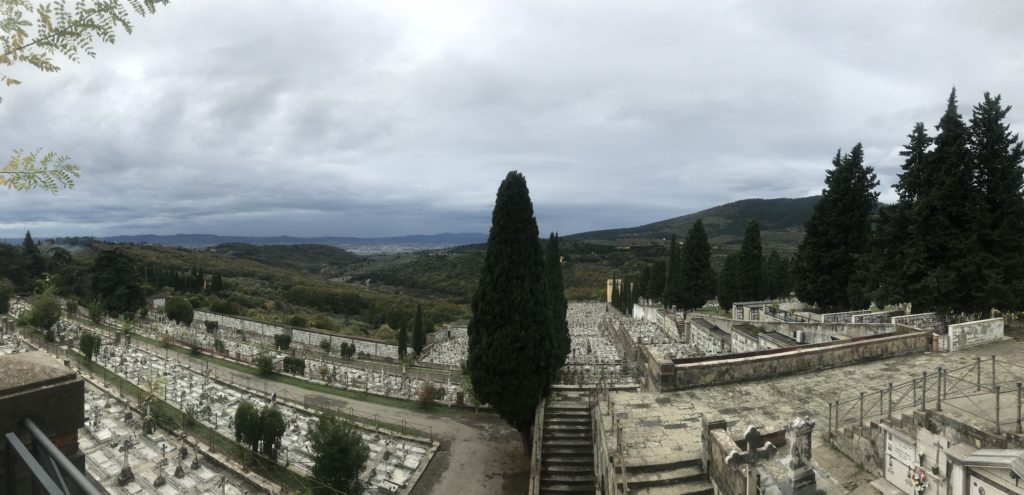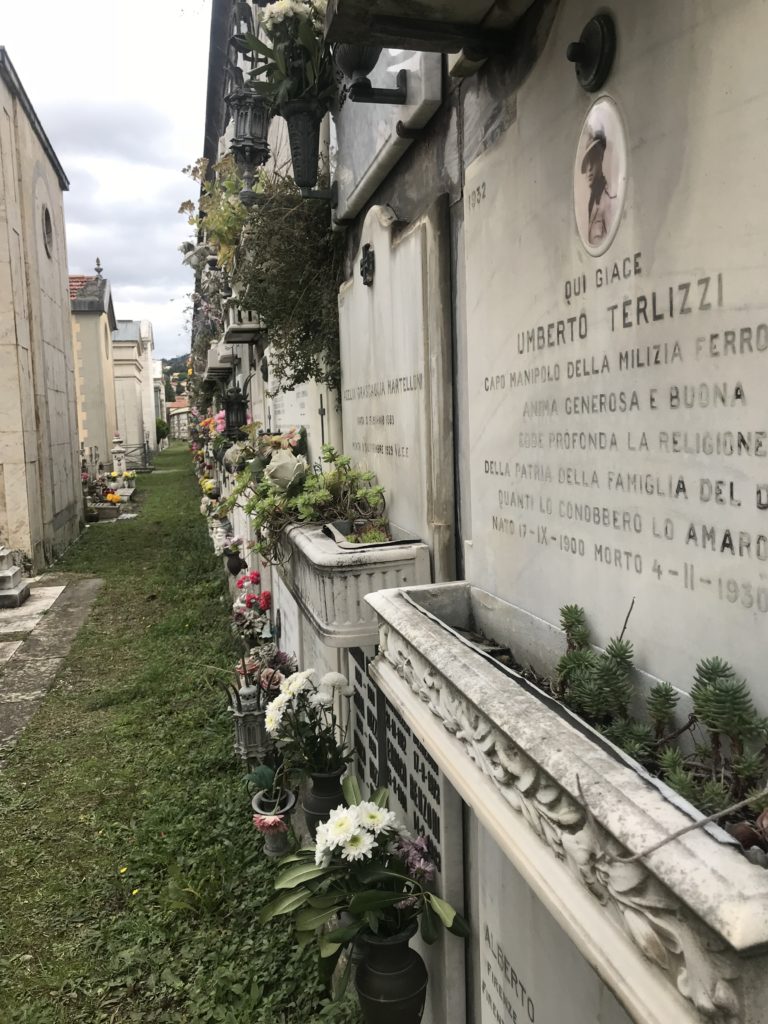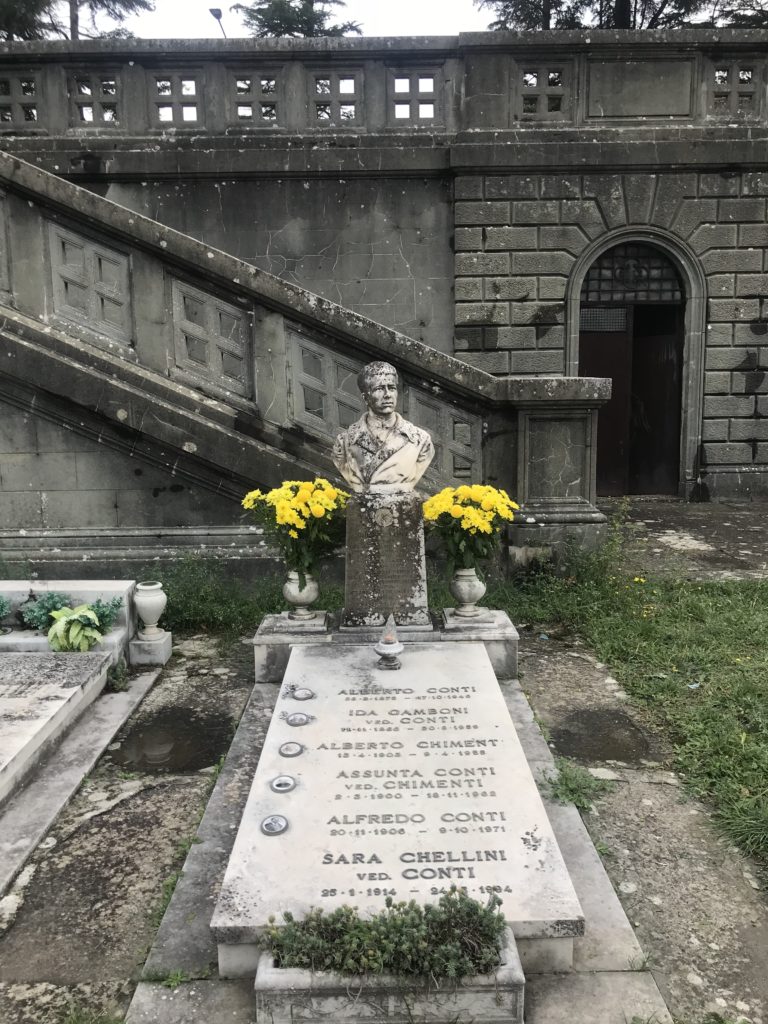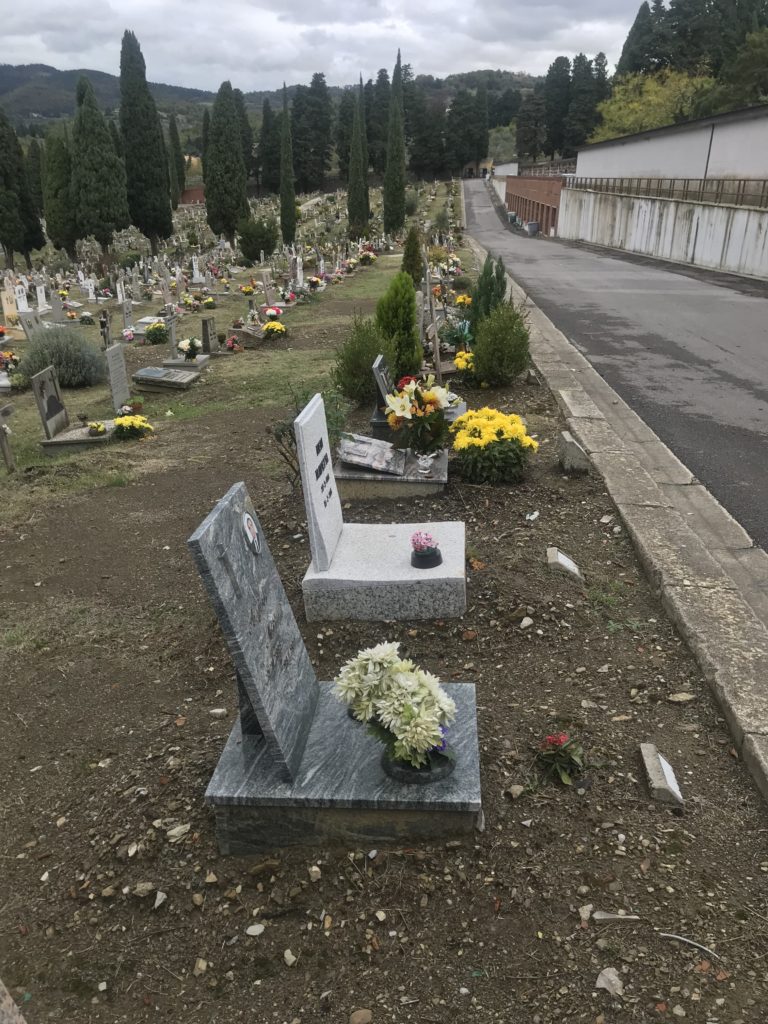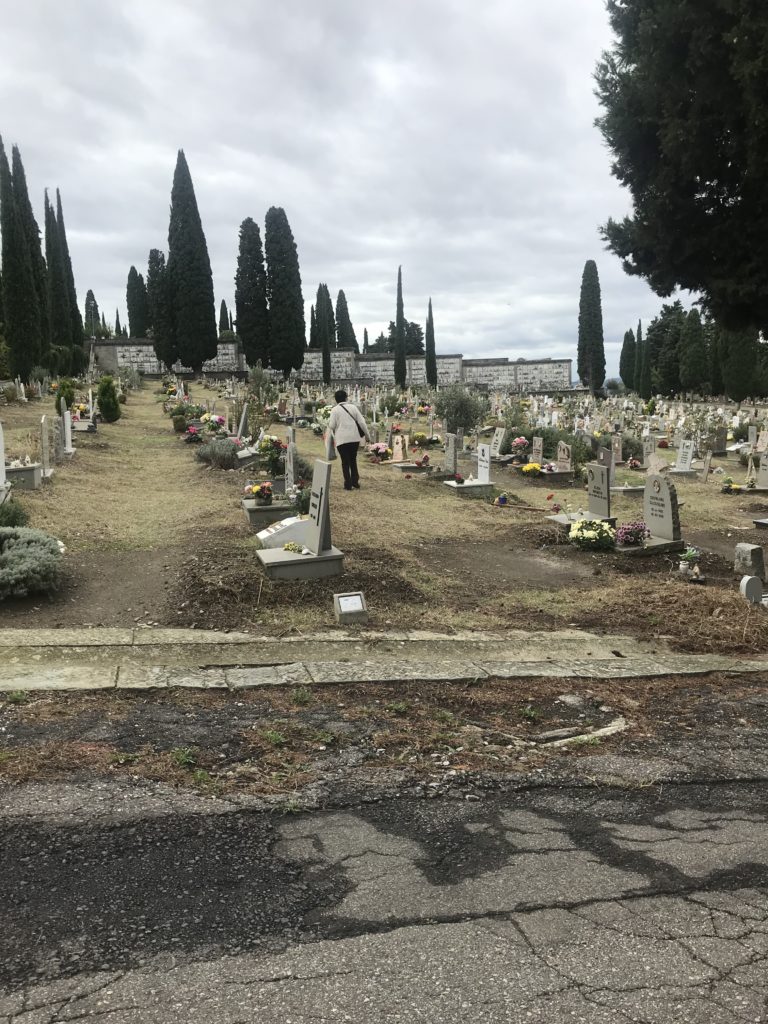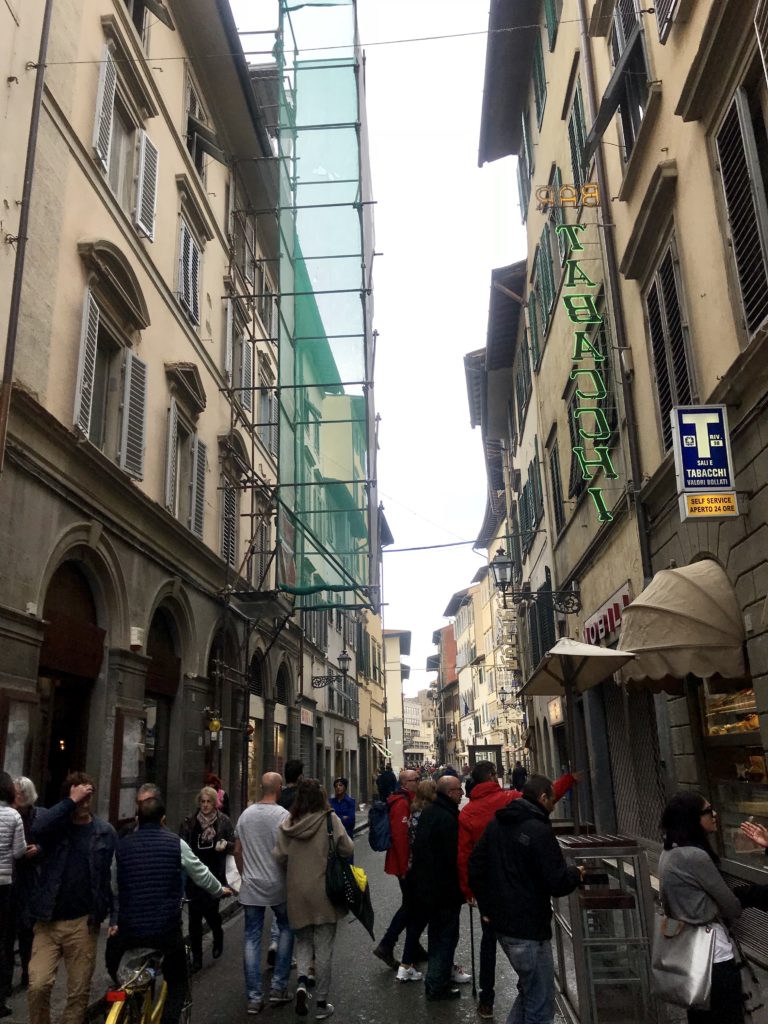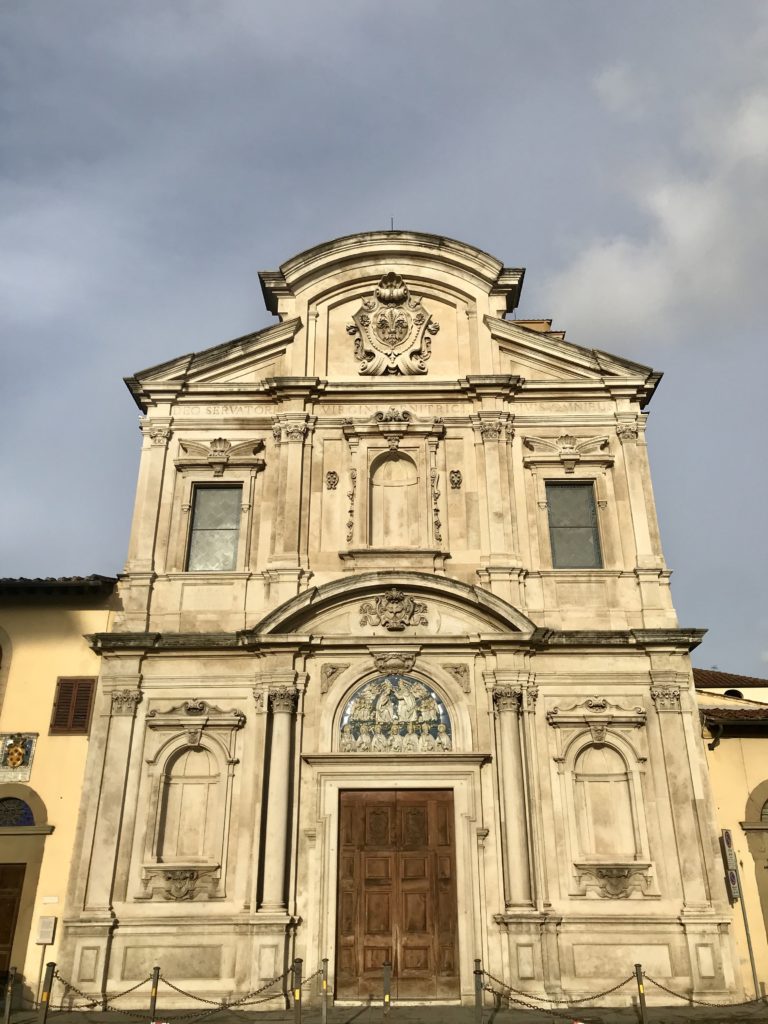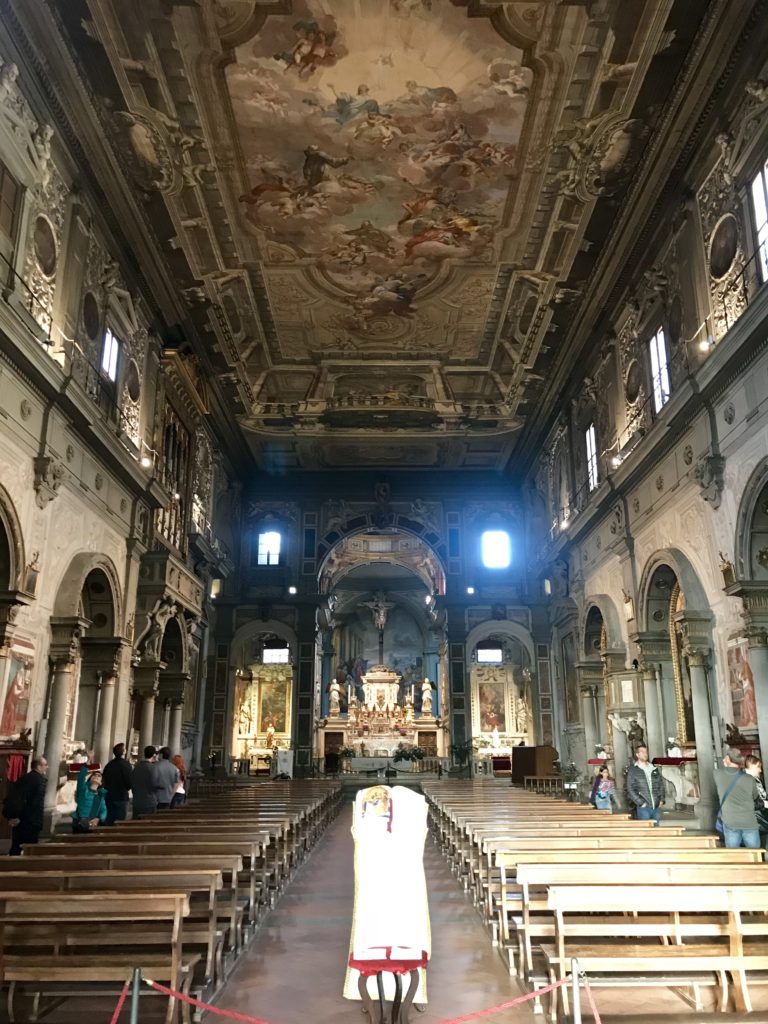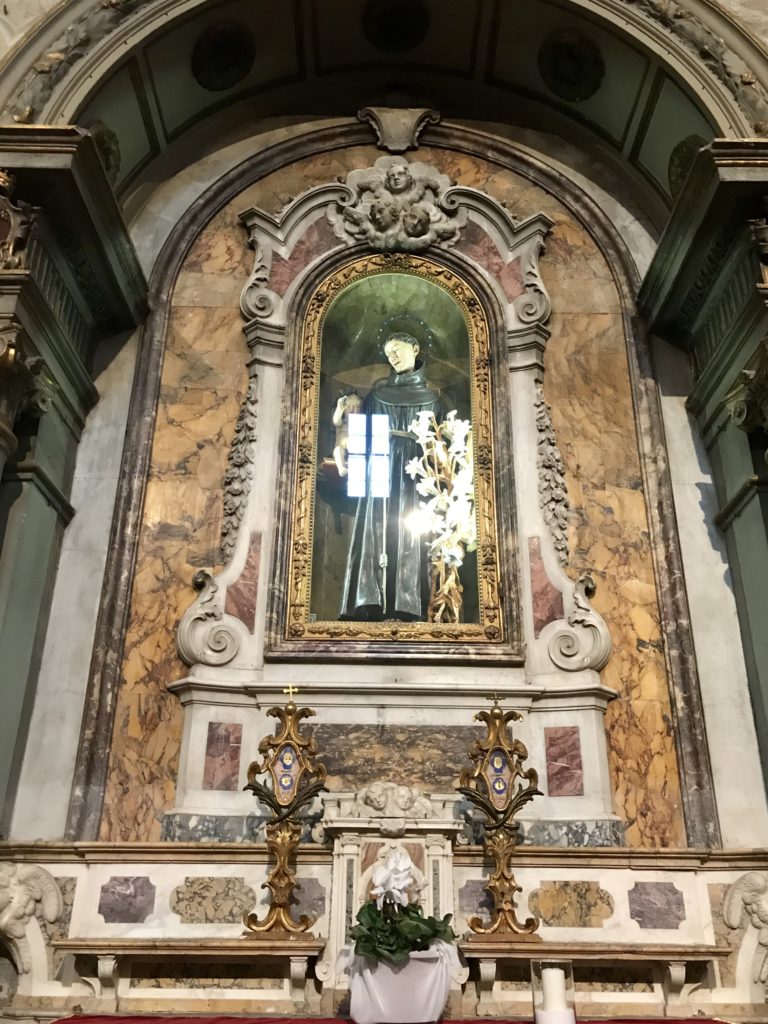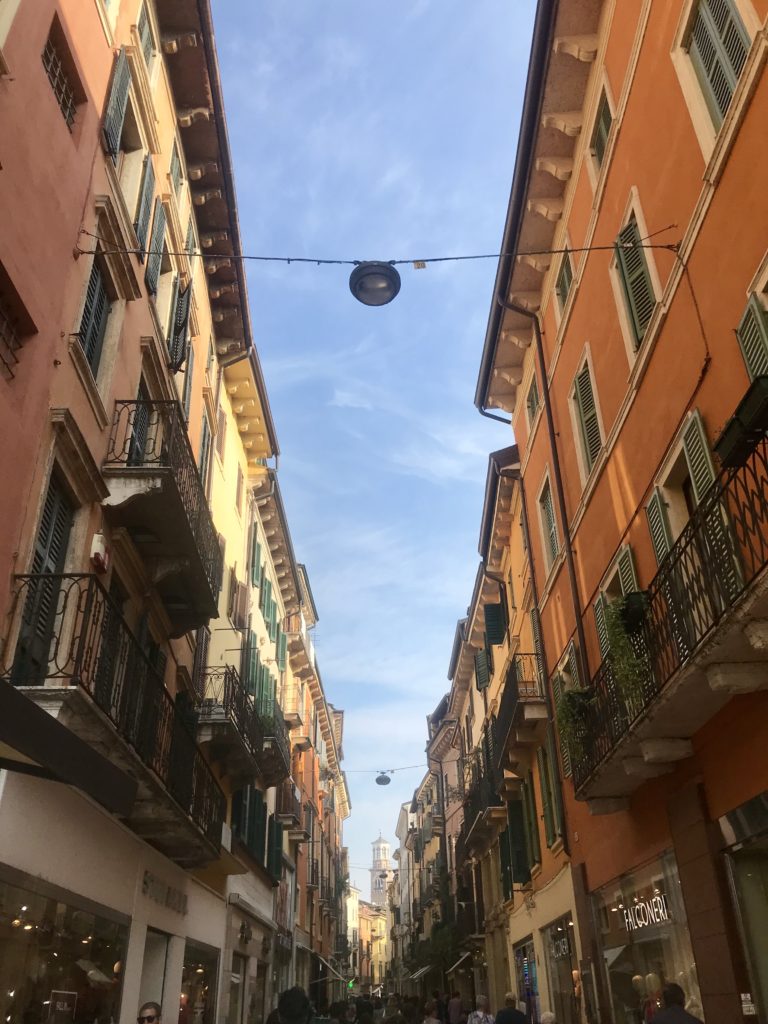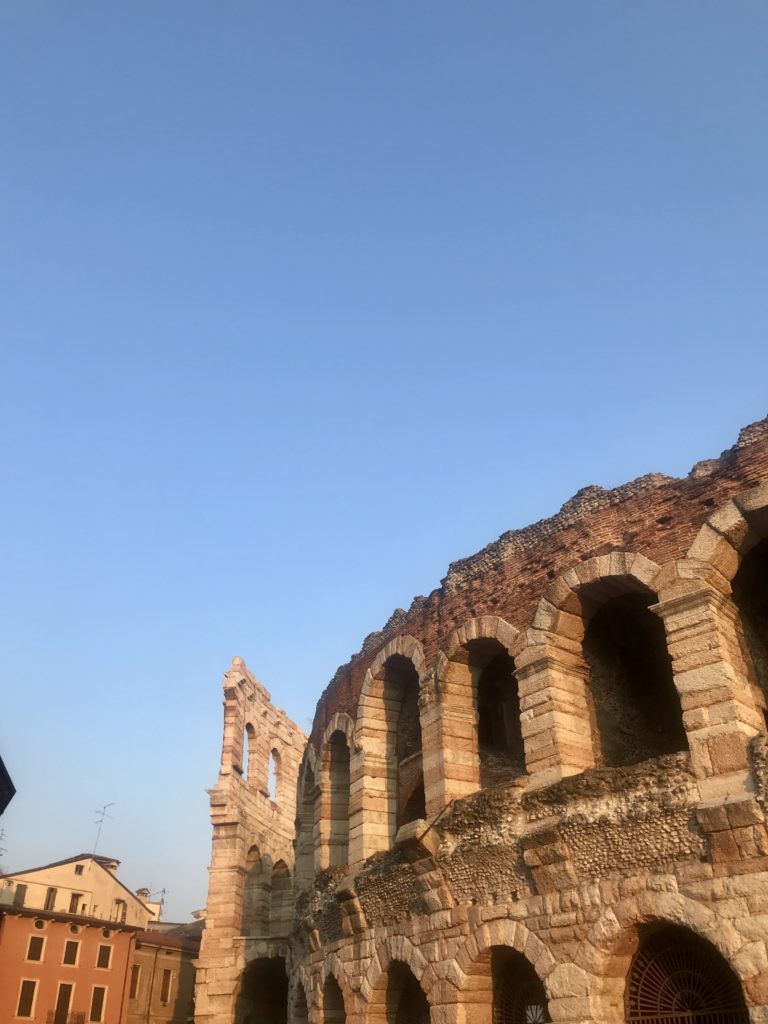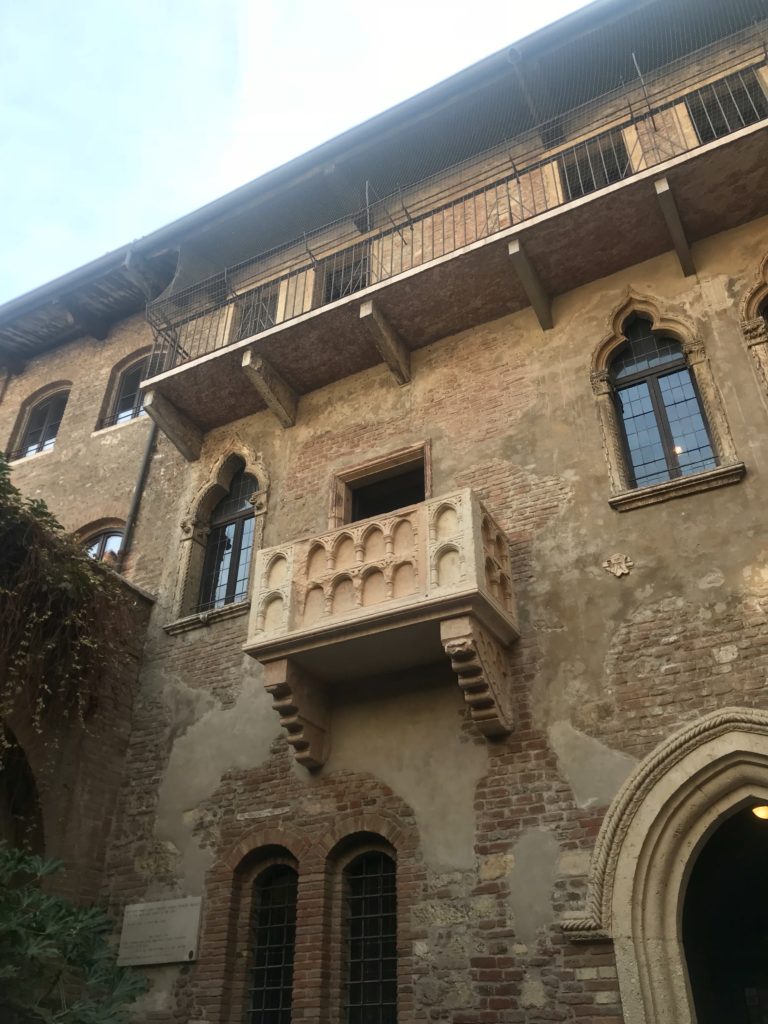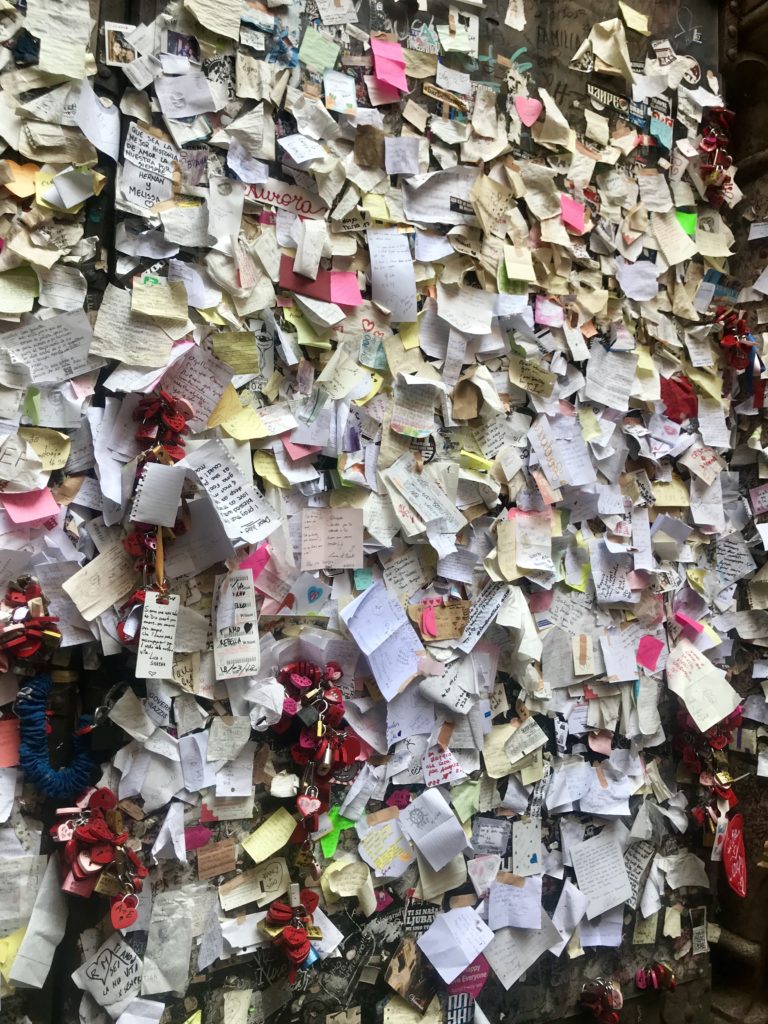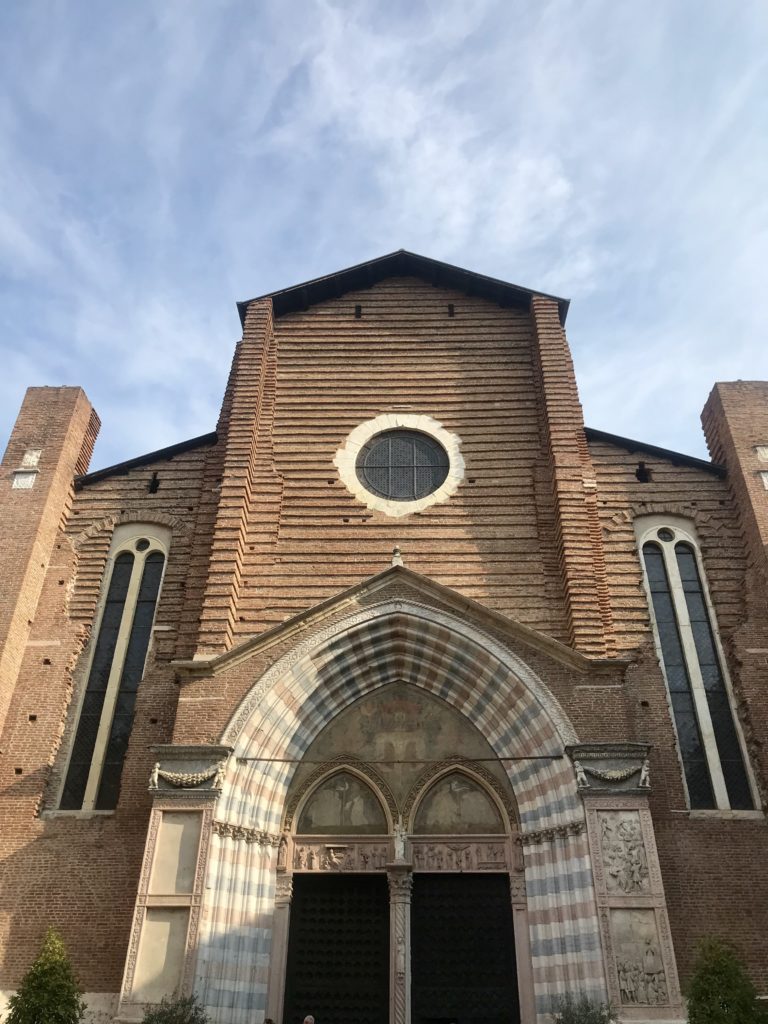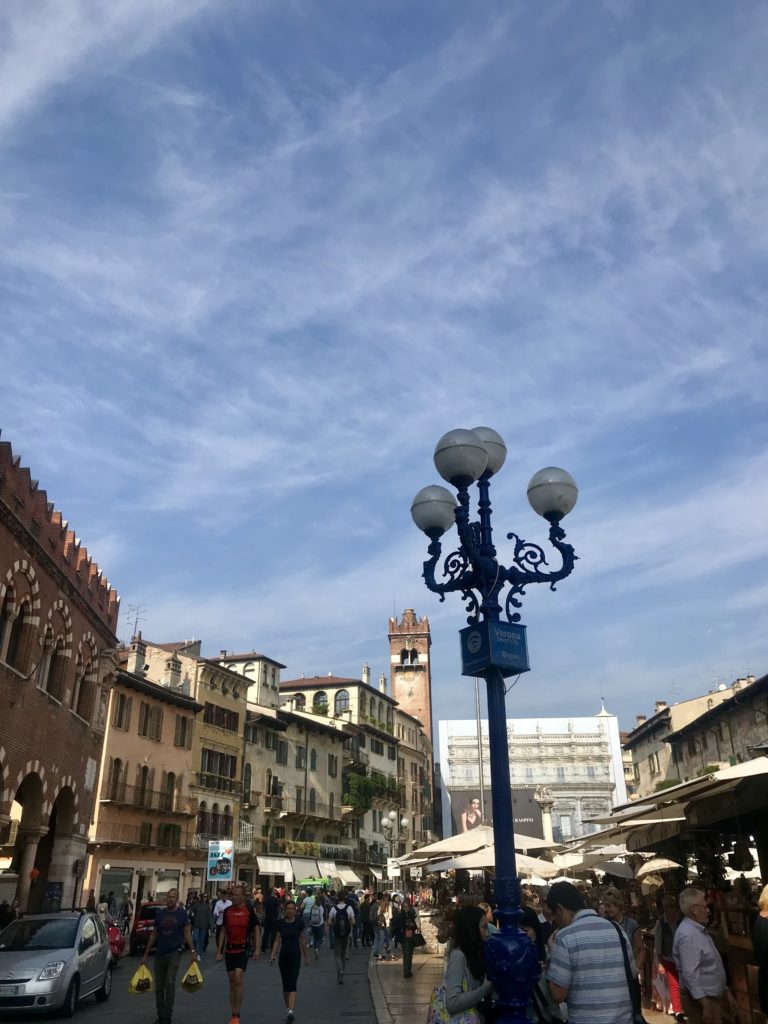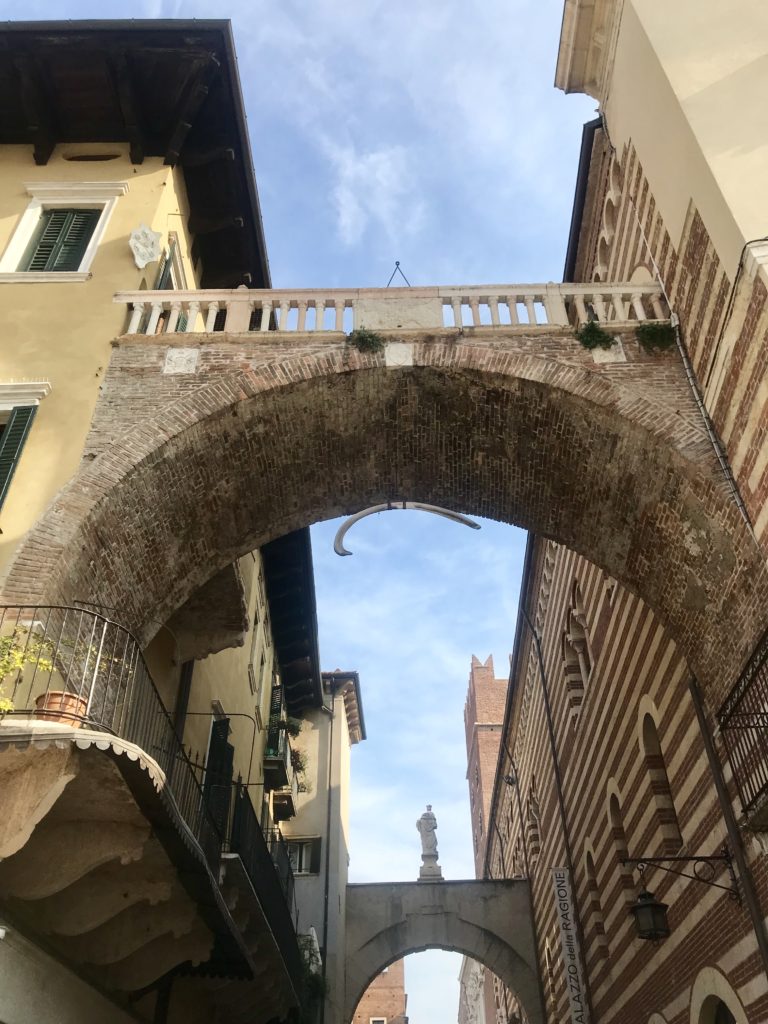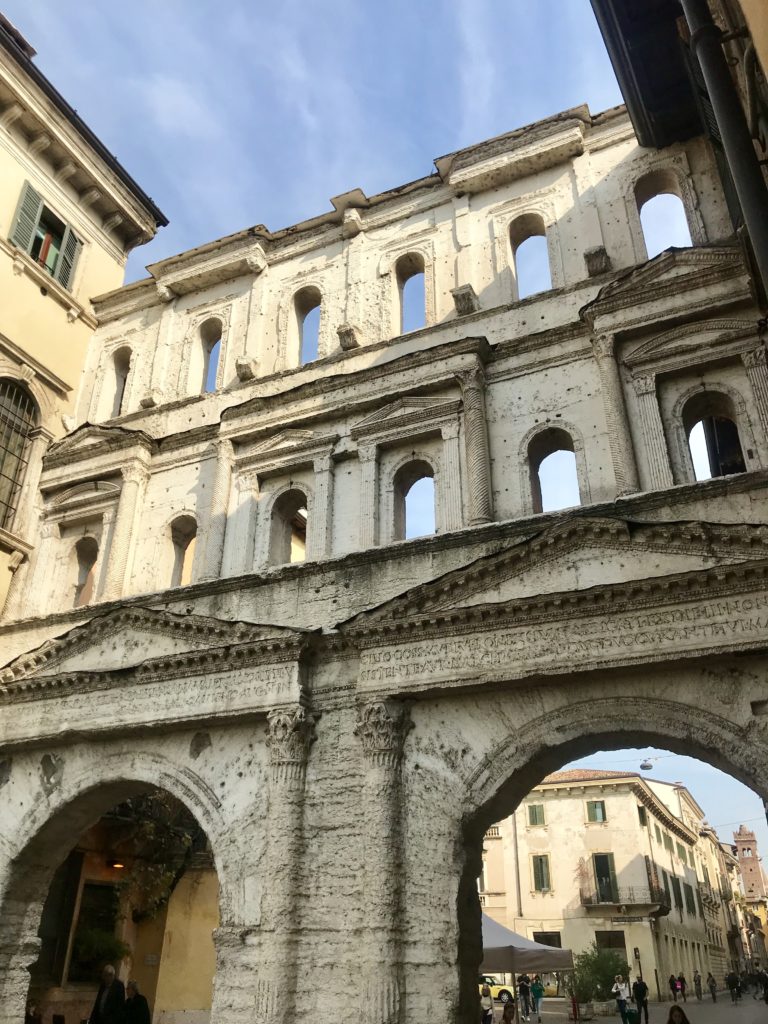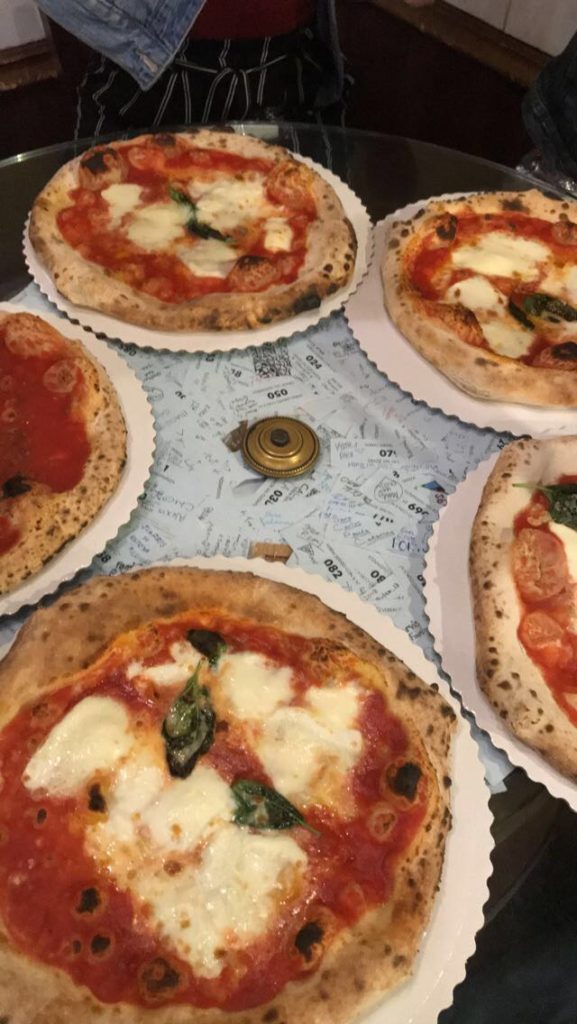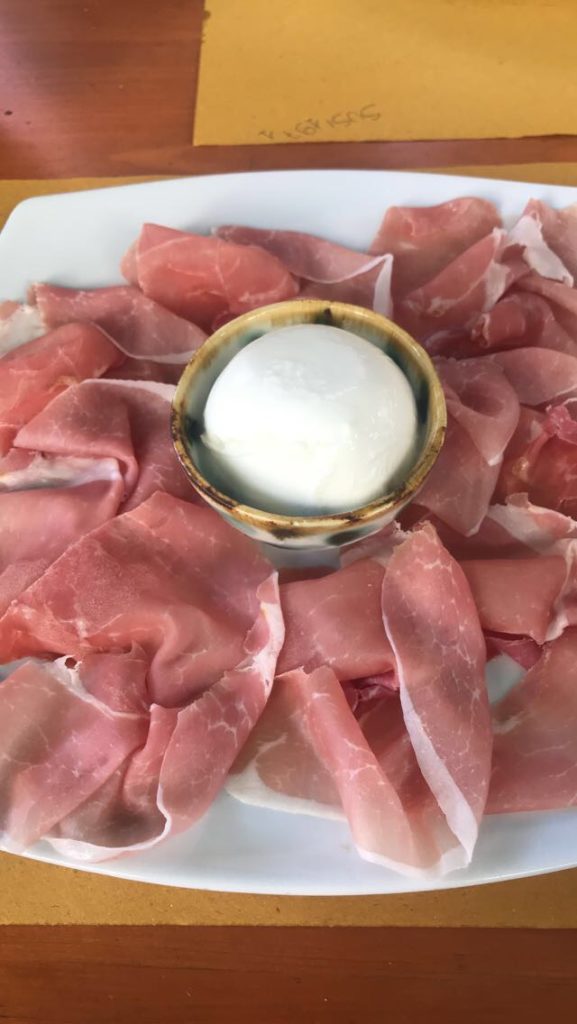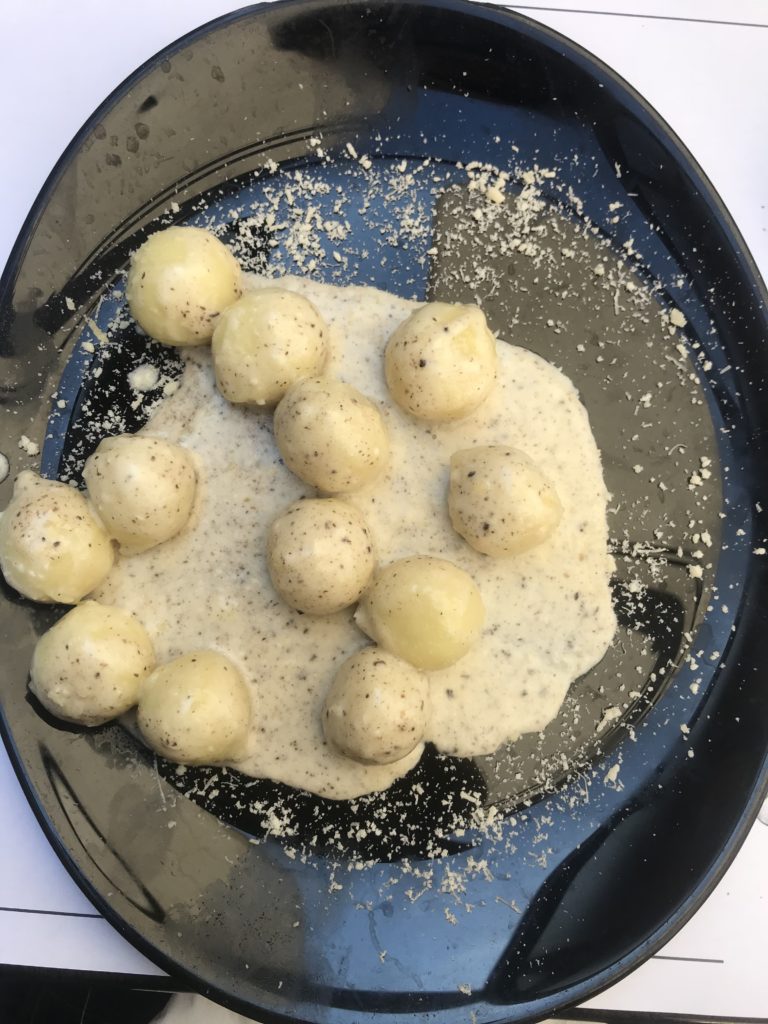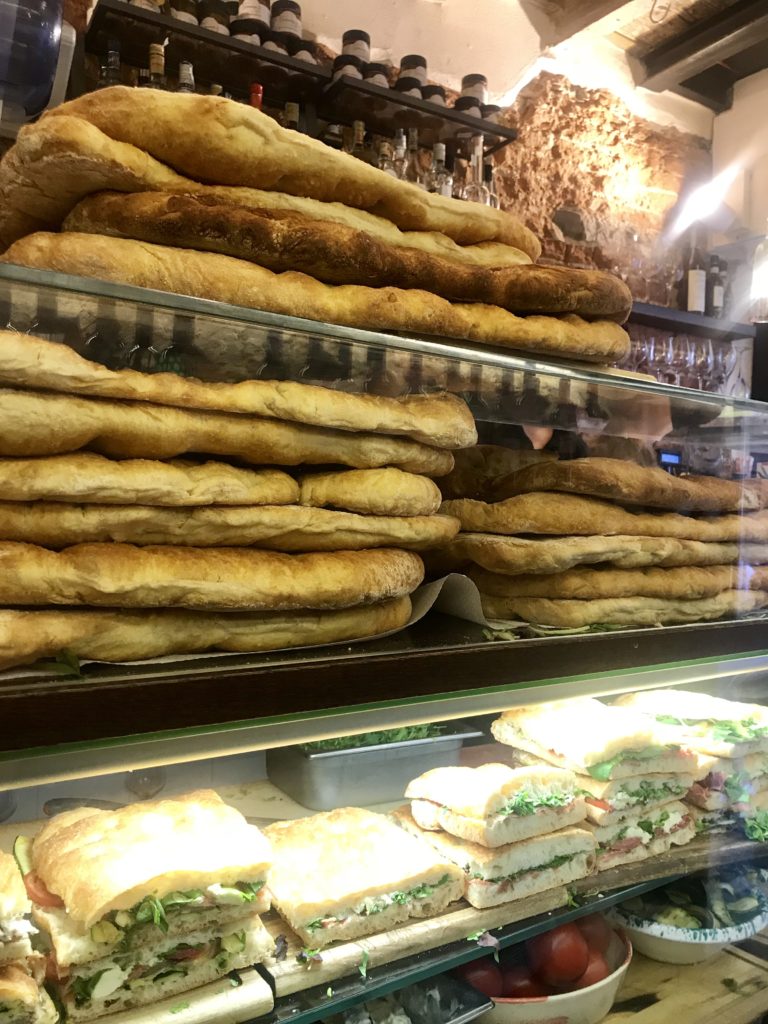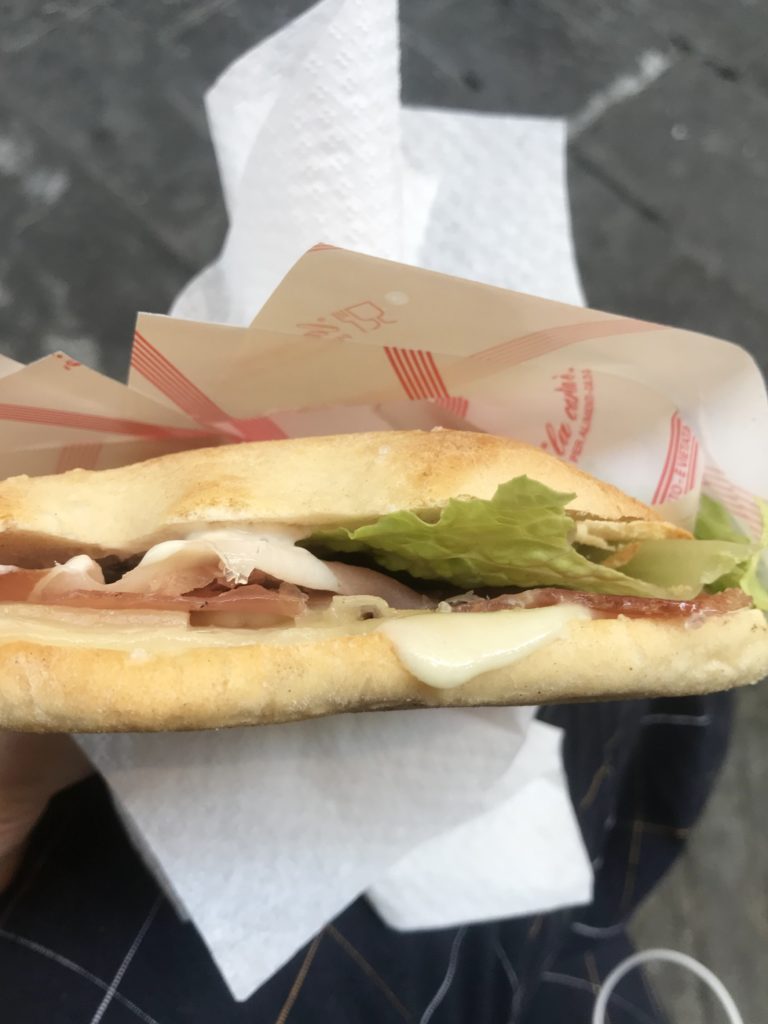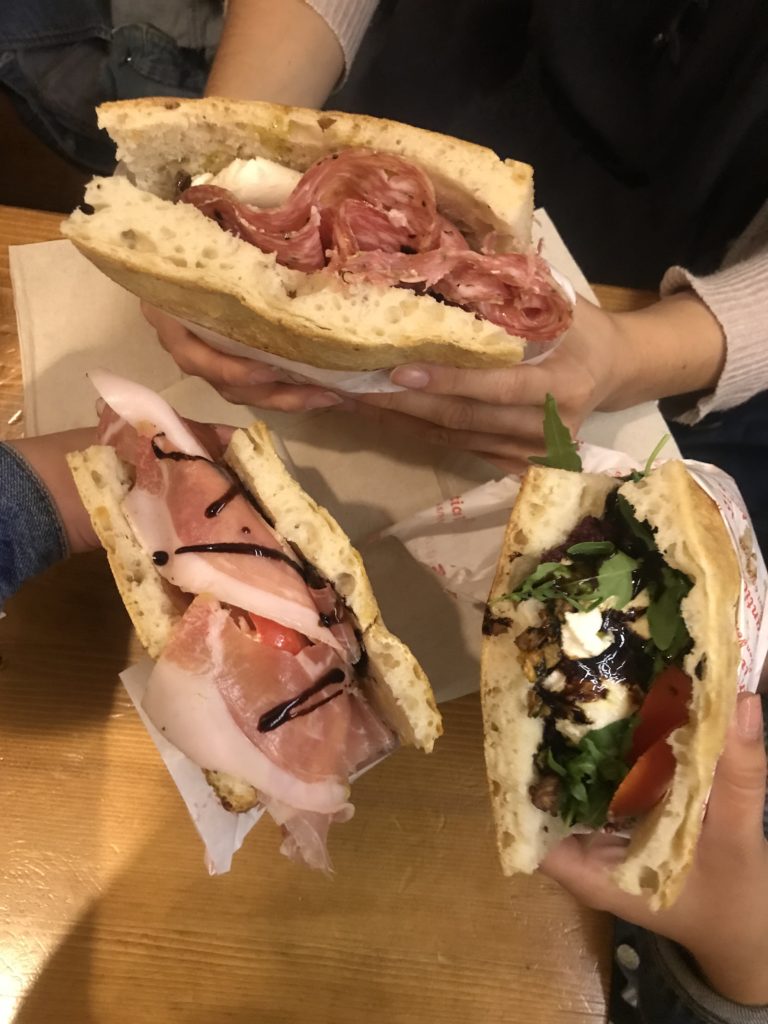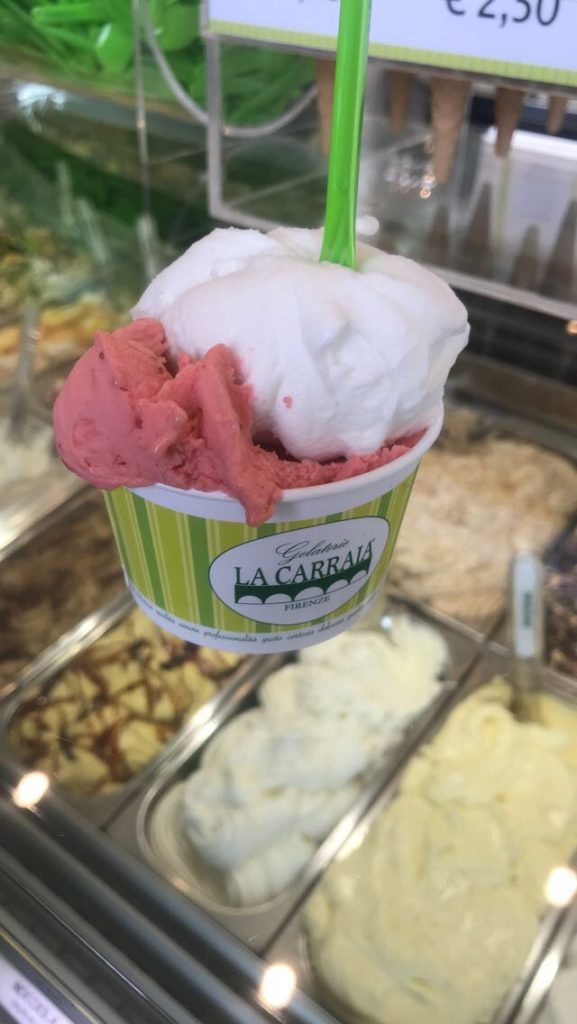The next day, All Souls’ Day, is day that is draws a higher degree of participation from the local population. It is a day to remember those who have died in one’s family and to visit their gravesides. The previous week I had asked my Italian teacher where I should go if I wanted to be an observer to the rituals of this day and he told me that the best place would be il cimitero di Trespiano, Trespiano cemetery. Trespiano is the largest cemetery in Florence and was opened in 1784.
My journey to the cemetery on il giorno dei morti consisted of a bus ride up the steep hills that surround Florence. The city of Florence is actually in a valley and so when traveling outside of its confines one has the chance to enjoy views of the winding Tuscan countryside. Luckily I knew I had gotten on the right bus after seeing a pair of nuns and other individuals clutching flowers to bring with them to the cemetery. Snaking up the hills and leaving the city I felt like I was on some sort of strange pilgrimage taking on the role of a quasi-pilgrim and quasi-observer to this solemn task.
There was something about travelling up and being high above the city that made me feel isolated, as if I was crossing the barrier into some ethereal realm. I got off of the bus and followed the throngs of people into the cemetery whose gate is marked by monumental walls and a row of Cyprus trees that line a narrow path toward its main entrance.
Reaching the end of the Cyprus path, I was taken aback by the absolute immensity of the cemetery. It was utterly staggering as hundreds and hundreds of graves erupted into a panorama of hills. The sense of immensity and depth of Trespiano is created by the fact that each section of graves or mausoleums is stacked upon the next.
The first thing that every visitor did before moving on to the cemetery proper was entering a small chapel to offer a quick prayer. Everything was done in a subdued silence with nothing louder than a hushed tone ever reaching one’s ears.
Almost every grave in the cemetery was adorned with flowers. It did not matter if the grave was new or dated back from the turn of the century. The sheer amount of bouquets in every color and variety made for a true feast for the eyes.
The atmosphere of the day was one of an unspoken sense of community as couples and families milled about the white tombstones, the majority of which had been stained by time. But, these stains were not an ugly thing. I think that they were instead rendered sort of beautiful in their juxtaposition with the brightness of the offered flowers. The existence of both elements side by side, one death and the other life, seemed to attest to the delicateness of the line separating one from the other.
Later that day at dinner I was talking with my host mother and telling her about my outing. She then told me that she had gone with her sister earlier in the day to the same cemetery to bring flowers to the graves of her deceased family members. She told me about how going every year to Trespiano was an important way for her to reconnect with the history of her own family.
This idea of reconnection is at the basis of these two holidays. Both Ognissanti and Il giorno dei morti provide platforms for reconnection, whether that be spiritual, historical, or cultural. My own observance of these days, as an outsider, gave me the chance to not only become more in tune with Italian cultural life, but also to deepen my understanding of the Catholic tradition that lies at its core.

